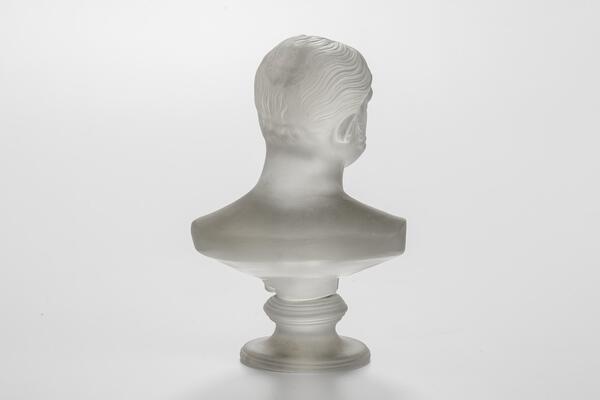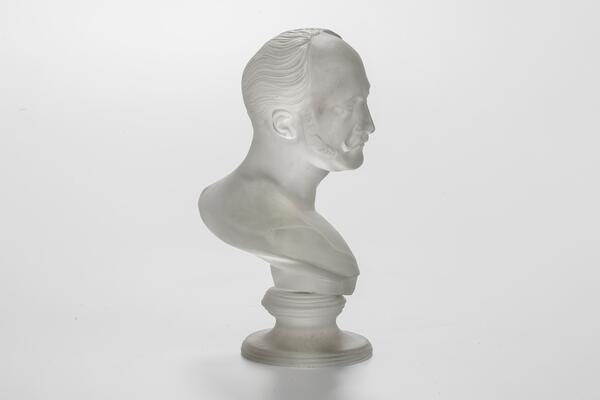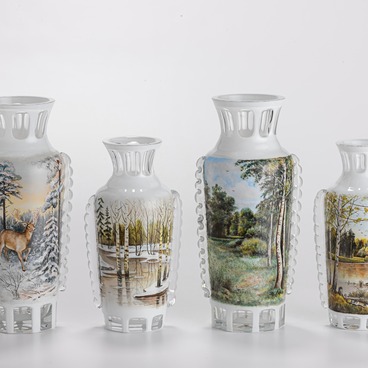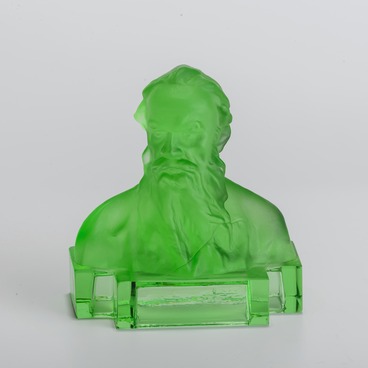Nicholas I ascended the Russian throne after the sudden death of Emperor Alexander I.
His reign was marked by numerous striking events, including the Decembrist revolt he suppressed (1825), the opening of the first Tsarskoye Selo railway in Russia (1837), and the compilation of a code of laws of the Russian Empire.
While he was still Grand Duke, Nikolay Pavlovich made the Grand Tour of Europe and spent four months in England, Wales and Scotland in 1816. His arrival aroused great interest in British society and was widely reported in the press. The recent Russian victory over Napoleon’s army and Alexander I’s visit to London in 1814 also contributed to the increased attention of the British. The Grand Duke’s personal qualities played a crucial role and enabled him to be accepted by the local aristocrats. English society warmly welcomed the younger brother of the Russian emperor and regarded him as the most handsome man in Europe.
In November 1816, at a reception held by the Russian ambassador in London, Count Christoph von Lieven, the future emperor met Duke William Cavendish. Both were passionate admirers and collectors of neoclassical sculpture, so the two of them found a common language and maintained friendly relations until the end of their lives.
In 1821, Duke Cavendish commissioned the German sculptor Christian Daniel Rauch to create a marble bust of Nicholas I. This relic is mentioned in Cavendish’s original guide to the Chatsworth estate (1845). Probably, it was that bust that became the prototype for the bust created at the Nikolsko-Bakhmetevsky factory half a century later.
The image of Nicholas I is presented at the permanent exhibition in various materials and techniques. Most of the objects are disparate paperweight hemispheres. For example, there is a turquoise glass paperweight with a plaster profile of Nicholas I on a colored background.
This bust is made of colorless glass and frosted after annealing. The techniques used were either pressing into a complex removable mold (without punching) or slumping. The latter technique is used to make sculptures.
His reign was marked by numerous striking events, including the Decembrist revolt he suppressed (1825), the opening of the first Tsarskoye Selo railway in Russia (1837), and the compilation of a code of laws of the Russian Empire.
While he was still Grand Duke, Nikolay Pavlovich made the Grand Tour of Europe and spent four months in England, Wales and Scotland in 1816. His arrival aroused great interest in British society and was widely reported in the press. The recent Russian victory over Napoleon’s army and Alexander I’s visit to London in 1814 also contributed to the increased attention of the British. The Grand Duke’s personal qualities played a crucial role and enabled him to be accepted by the local aristocrats. English society warmly welcomed the younger brother of the Russian emperor and regarded him as the most handsome man in Europe.
In November 1816, at a reception held by the Russian ambassador in London, Count Christoph von Lieven, the future emperor met Duke William Cavendish. Both were passionate admirers and collectors of neoclassical sculpture, so the two of them found a common language and maintained friendly relations until the end of their lives.
In 1821, Duke Cavendish commissioned the German sculptor Christian Daniel Rauch to create a marble bust of Nicholas I. This relic is mentioned in Cavendish’s original guide to the Chatsworth estate (1845). Probably, it was that bust that became the prototype for the bust created at the Nikolsko-Bakhmetevsky factory half a century later.
The image of Nicholas I is presented at the permanent exhibition in various materials and techniques. Most of the objects are disparate paperweight hemispheres. For example, there is a turquoise glass paperweight with a plaster profile of Nicholas I on a colored background.
This bust is made of colorless glass and frosted after annealing. The techniques used were either pressing into a complex removable mold (without punching) or slumping. The latter technique is used to make sculptures.





